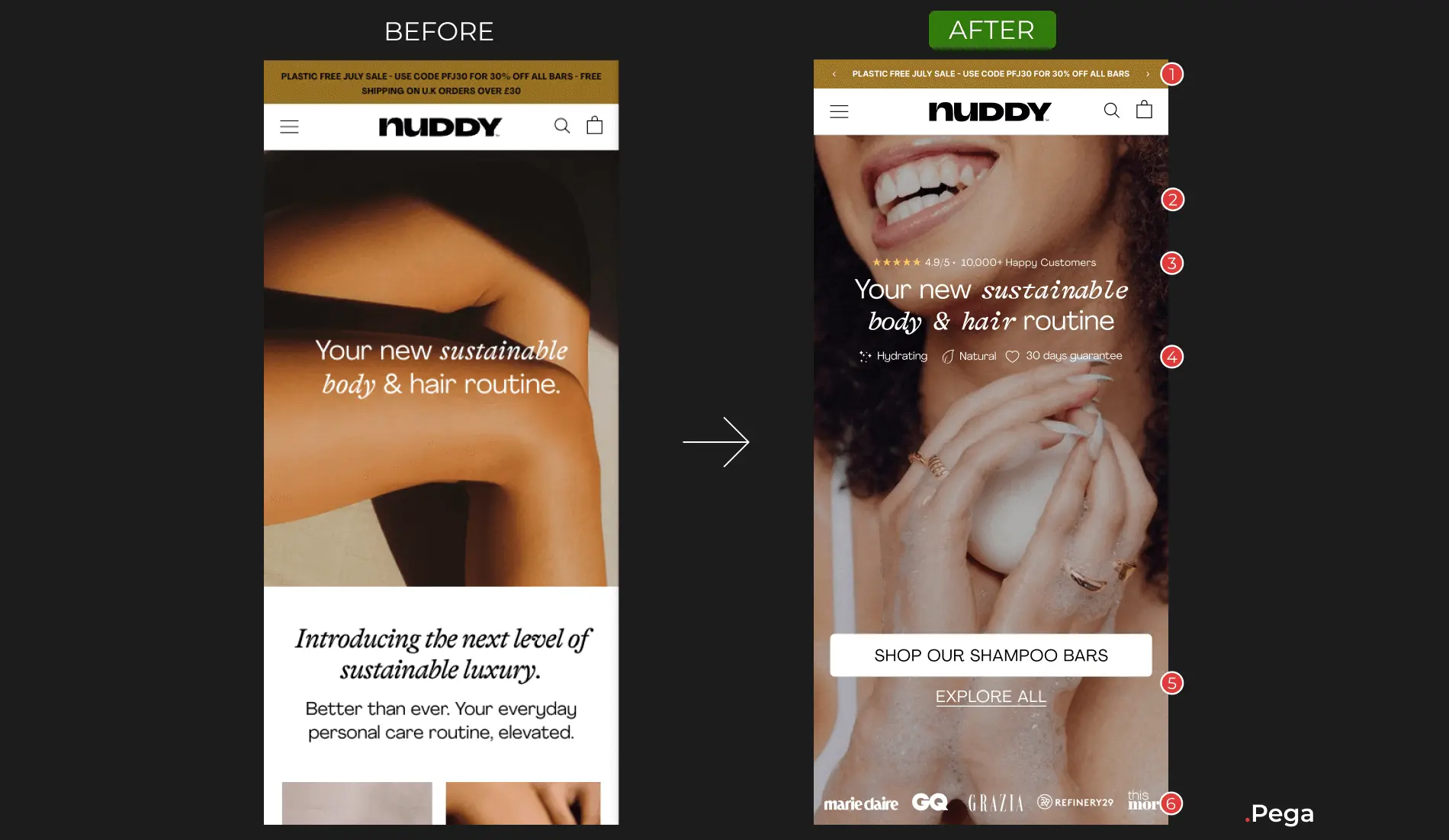Is your Shopify website struggling to convert visitors into paying customers? Are you finding it challenging to generate the sales you desire? You're not alone. Many online businesses face the same predicament, and most of them make similar mistkes. Let's explore typical blockers that prevent your website from converting at full potential.

1. Attracting the Wrong Audience
Let's start with the most important question. Are you targeting the right people? If your marketing efforts are reaching people who are not genuinely interested in your products, your conversion rates will inevitably suffer. To address this, ensure that your targeting is precise and tailored to your ideal customer.
Example: If you sell high-end fashion accessories, target audiences interested in luxury fashion rather than those seeking budget-friendly options.
2. Weak Value Proposition
A strong value proposition is crucial to persuade potential customers that your products or services offer something unique and valuable. If your value proposition is unclear or lacks a compelling message, visitors will have no reason to choose you over your competitors.
Example: Instead of a vague value proposition like "We sell the best skincare products," enhance it to "Discover our organic, cruelty-free skincare line, crafted from premium botanicals for naturally radiant skin."
3. Insufficient Social Proof
People are more likely to trust and buy from a website with positive social proof, such as customer reviews, testimonials, and social media endorsements. Lack of social proof may raise doubts about your credibility and discourage potential customers from making a purchase.
Example: Showcase a section on your website with genuine customer reviews, accompanied by photos or videos of happy customers enjoying your products.
4. Poor Product Images
Visual appeal matters, especially in e-commerce. If your product images are of low-quality, unattractive, or fail to showcase your offerings from multiple angles, it can lead to a lack of interest and trust.
Example: Invest in professional product photography that highlights the details and benefits of your products, making customers feel confident about their potential purchase.
5. Slow Website Speed
Nobody likes waiting for a website to load. A slow-loading website can frustrate visitors, leading them to abandon their shopping carts and look elsewhere.
Example: Optimize your website by compressing images, leveraging browser caching, and using a reliable hosting service to ensure quick load times for a smooth user experience.
6. Outdated Website Design
An outdated website design can create an impression of unprofessionalism . Your website's design should align with your brand identity and evoke a positive emotional response from visitors.
Example: Consider a website redesign that incorporates modern aesthetics, intuitive navigation, and a seamless user interface to create a sense of trust and reliability.
7. Lack of Product Information
Lack of product information can leave potential customers uncertain about the features and benefits of your offerings. When vital details are missing, it becomes challenging to make informed purchase decisions.
Example: Provide good product descriptions, accompanied by images and videos that showcase the product in action, leaving no room for doubt.
8. Poor User Experience (UX)
A cluttered and confusing website creates friction in the customer journey, lowering conversions. Clear Call-to-Actions (CTAs) and intuitive navigation are crucial to guide visitors smoothly through the buying process. Keep your layout simple and don't overload customers with the information.
Example: Implement a clean and organized layout, placing prominent CTAs that encourage visitors to take desired actions, such as "Add to Cart" or "Start Your Free Trial."
We previously published an article on how to improve your UX. Read more here
9. Absence of Crucial Information or Support
Customers need reassurance that they are making the right decision when purchasing from your website. Failing to provide critical information, such as shipping details, return policies, or customer support options, can deter potential buyers.
Example: Create a dedicated page for frequently asked questions (FAQs) and ensure all necessary information, including shipping times and customer support contact, is readily available.
Conclusion:
Understanding why your Shopify website isn't selling is the first step toward boosting your conversion rates.
By addressing these common pitfalls and applying effective CRO strategies, you can transform your website into a compelling and high-converting sales platform. Remember, continuous monitoring, testing, and optimizing are essential for sustained success in the competitive e-commerce landscape.
